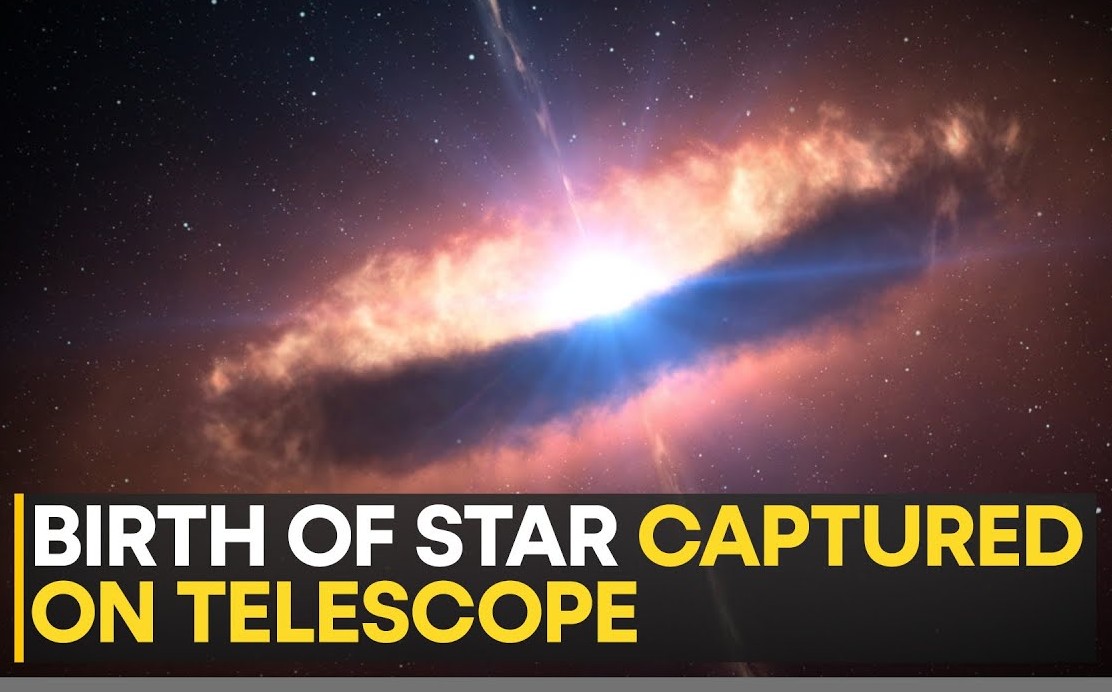Astronomers have, for the first time, directly observed the early stages of the formation of a planetary system around a young star named HOPS-315, about 1,300 light-years away from Earth in the constellation Orion. The observation is the first to catch a glimpse of how Earth-like planets could have formed billions of years ago.
Key findings of the breakthrough
- With the NASA James Webb Space Telescope and Chile's European Southern Observatory-run ALMA array, researchers saw silicon monoxide gas and crystalline minerals condensing in the protoplanetary disk of HOPS-315
- They are identical building blocks of our solar system's early meteorites, suggesting a shared process of planetary accretion of rocky planets
- The star itself is only 100,000 to 200,000 years old, a cosmic baby and an ideal candidate to see planetary birth.
Scientific significance and uses
1. The minerals were found in a region comparable to our solar system's asteroid belt, indicating comparable structural evolution
2. Scientists have never before witnessed the moment when dust begins to form into planetesimals—the precursors to planets
3. The findings show that Earth-type planet formation is a common process in the galaxy
4. Researchers consider HOPS-315 to be a "baby photo" of the solar system and are getting clues from it regarding the formation of terrestrial planets and gas giants
Why it matters
This discovery not only enriches our understanding of planetary development but also increases the possibility that Earth-like planets are prevalent in the universe.
Sources: WION, Mashable India, Moneycontrol, Times of India, Space.com, Nature Journal
